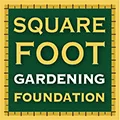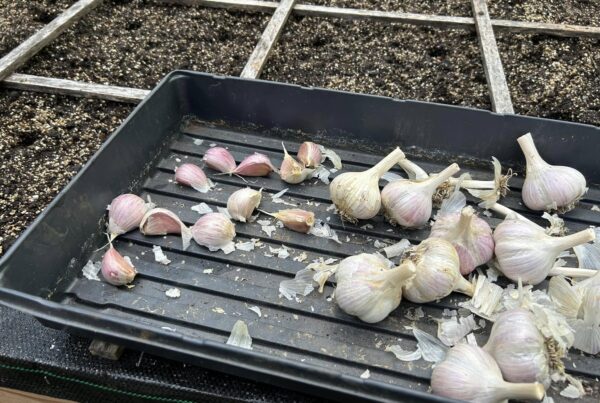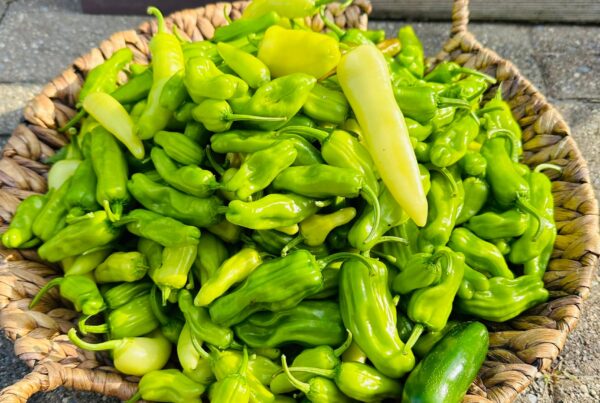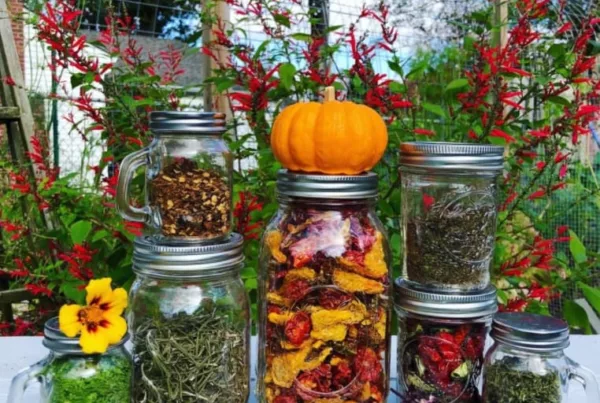Reviewed by Wayne Schirner
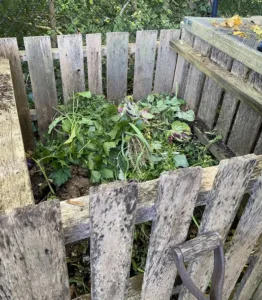 Ready to start your own backyard compost pile but not entirely sure you know what to do? Check this list of frequently asked questions. Looking for instructions to help you get started with composting at home? Visit our Home Compost Resources page or connect with us on Facebook to get advice from our experts.
Ready to start your own backyard compost pile but not entirely sure you know what to do? Check this list of frequently asked questions. Looking for instructions to help you get started with composting at home? Visit our Home Compost Resources page or connect with us on Facebook to get advice from our experts.
What is compost?
Simply put, compost (the noun) is decomposed, organic matter that you can add to your garden. In the Square Foot Gardening Method, one-third of Mel’s Mix is compost. “Composting,” the verb, is the process of making compost through aerobic decomposition.
Composting requires four steps
- Mix: use several types of organic matter
| Limit each to 20% of the total volume of compost | Limit each to 10% of total volume of compost | Do not use |
|---|---|---|
| Eggshells (crushed) | Coffee grounds | Bakery products |
| Grass clippings or leaves | Corn cobs | Cat or dog manure |
| Hay or straw | Hedge trimmings | Cheese or other dairy products |
| Newspaper (shredded) | Peanut shells | Diseased of pest-laden materials |
| Old sod | Pine needles | Grease |
| Rejected/spoiled garden produce; vegetable and fruit peels | Sawdust | Kitchen scraps, including meat or bones |
| Stable or poultry manure | Shredded bark and twigs | Seeds and fruit pits |
| Tea bags | Wood Shavings | Whole eggs |
2. Mash: cut or chop ingredients (green or brown) before adding
3. Moisten: ensure the pile is not too dry, not too wet
4. Move: turn and blend the pile to speed up decomposition
Is manure the same as compost?
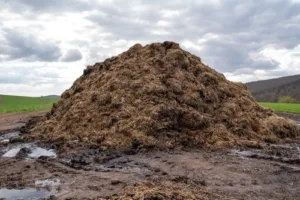 Horse and poultry manure (and alpaca, sheep, rabbit, etc., but never use scat from dog, cat, or or other carnivores or omnivores) are great “green” ingredients to add to a backyard compost pile. But there are two things to remember:
Horse and poultry manure (and alpaca, sheep, rabbit, etc., but never use scat from dog, cat, or or other carnivores or omnivores) are great “green” ingredients to add to a backyard compost pile. But there are two things to remember:
- Manure is not suitable as the only compost you use for your Square Foot Garden.
- The animal that produced the manure must be an herbivore — but gardeners should ensure that any hay the animal was fed was not treated with a persistent herbicide (usually only a concern with horse or cow manure.
If you add manure to your backyard compost pile, ensure it comprises no more than 20% of the pile’s total volume!
Does backyard compost stink?
It may seem hard to believe, but when you use the proper composting methods, your compost pile won’t stink. Ensure you’re focusing on what’s referred to as “aerobic decomposition” meaning “with air.” (Note: this is what our Square Foot Garden Foundation books and course describe). Aerobic composting produces no odor and causes the materials you’re composting to heat up. Then tiny microbes take over and essentially digest plant material.
 How long does it take fruit and vegetable scraps to be fully composted?
How long does it take fruit and vegetable scraps to be fully composted?
On average, household and yard waste decomposes into compost in 4 to 8 weeks, provided you’re turning and mixing the pile weekly, keeping it moist (but not too wet or dry). Note that chopping all additions before adding to the pile will help speed things along. Additionally, cold weather may slow down the decomposition process during winter months. But don’t worry — it’s still working.
Can I add fallen leaves and sticks to my compost pile?
Yes. Just be sure to chop leaves and sticks into small pieces before adding to your compost to help them break down more efficiently.
Is home composting difficult? Should I just buy compost from my local nursery instead?
Home composting can seem daunting at first, but once you start, you’ll realize how easy it is to create your own compost and how much better it is for the environment, too. In addition to setting up your composting space, you will need to turn your compost pile regularly (we recommend weekly), keep it moist but not soggy, and add a variety of organic matter. You’ll find advice for each of these in the Square Foot Gardening book and our online course. Of course, you can purchase compost from your local nursery, although we recommend a mix of compost types if you choose that option. You can find more info about the ratios you’ll need on our Composting Resources page.
Concerned you may not have enough material to create a backyard compost pile? This video explains one of the sources Laura and Steve Bartholomew of the Square Foot Garden Foundation use for their compost.
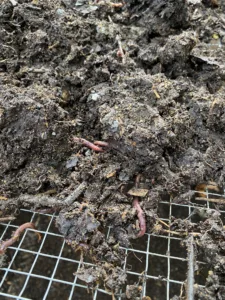 Do I need to buy worms for my compost?
Do I need to buy worms for my compost?
No. While there are composting methods that use worms (called vermicomposting), the method described in the Square Foot Gardening book does not use worms. However, if you have access to worm castings (a.k.a., worm poop!), they make a great addition to your compost pile.
How can I tell when my compost is ready to add to my garden?
Backyard compost is ready for the garden when it’s crumbly, “fluffy,” uniformly brown, and earthy-smelling. BTW, if most of your compost is ready but find a few larger bits remaining as you start to use it, just screen those out and toss them back in the pile to finish breaking down.
How much space will I need to build a home compost pile?
We recommend starting your composting in a 3’ x 3’ space (approx 1m x 1m). That will give you plenty of room to add ingredients to the pile while also allowing you to manageably turn the composting materials with a shovel, too.
How wet should I keep a compost pile?
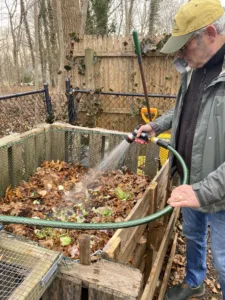 Getting the moisture right is an essential part of composting. We checked with a Square Foot Gardening compost expert, Wayne Schirner. His advice: “The key is to have enough moisture so your compost is like a squeezed sponge. If you grab a handful of compost and squeeze, no more than 2 drops of water should be squeezed out. When you release your grip, it should hold together for a few seconds and easily crumble apart in your hand.”
Getting the moisture right is an essential part of composting. We checked with a Square Foot Gardening compost expert, Wayne Schirner. His advice: “The key is to have enough moisture so your compost is like a squeezed sponge. If you grab a handful of compost and squeeze, no more than 2 drops of water should be squeezed out. When you release your grip, it should hold together for a few seconds and easily crumble apart in your hand.”
Do I need a tumbler to create home compost?
No, you can compost directly on the ground or create a small “pen” or box for your compost (find instructions and ideas HERE) to keep it contained. While plastic compost tubes, bins, and tumblers are a great way to keep your compost pile looking neat and can help break down the organic matter more quickly, they’re not necessary.
